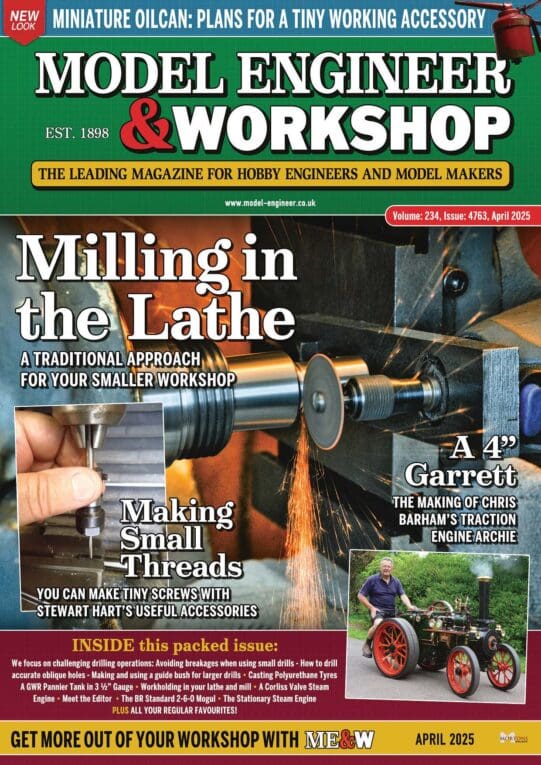Couple of points here.
I have one of these jigs, generic die cast one, probably Taiwanese because of it's age, absolutely no markings on it.
I a conversation with Dennis, a guy down the road who has literally one of everything but never uses anything – he collects, but he's a great bloke.
Anyway he has one [ surprised he hasn't got 10 ] so I asked to borrow it to compare to mine. So Wednesday he drops it off and it's identical to mine, that identical I cannot see any differences at all. Grabbed two 12mm cobalt drills of the rack, both identical drill and bought at the same time so gotta be same batch and ground these up, one on my jig, one on Dennis's then teates them.
For a test I drilled, on the lathe, into the end of a brass bar with no pilot or centre. Only went 5mm or so deep.
One drill cut cleanly and didn't require a lot of force, second drill took more pressure and when I looked at the end you could see brass rubbing marks on the heel, that was the reason I did this 'test'
So one jig works OK, one doesn't but I can't see the reason. Problem now is got to do the test again to find out which jig it was as I never marked them plus don't know who's is who's.
Conclusion ?
With that many variations of jig out there and subtle differences in the design and manufacture is it worth playing with one or building one of the aforementioned from an article that is known to work. In my case It would take some serious study to find out why one works and one doesn't.
Dilemma now is which jig do I give back to Dennis ? Knowing he's 87, never going to use this do I give him the crap one or do I give him the good one ? Second question, which one was his to start with ?
Answers on the back of a box containing a decent drill grinding jig please.
Edited By Neil Wyatt on 16/05/2014 12:48:58
Graham Meek.





